In an era where natural disasters seem to occur with increasing frequency and intensity, ensuring home natural disaster protection is more crucial than ever. From floods to earthquakes and wildfires, the impact of these events on individuals and communities can be devastating. Taking proactive steps toward disaster preparedness not only safeguards your property but also significantly reduces the potential risk to human life. Understanding the best practices for emergency home safety is essential for anyone looking to protect their family and investments from the unpredictable nature of natural disasters.
We’ll go deep into practical strategies and measures you can adopt to fortify your home against a range of natural threats. Starting with assessing your risk, it offers tailored advice for flood prevention, earthquake safety, hurricane protection, and fireproofing your home against wildfires. In each section we’ll equip homeowners with the knowledge and tools needed to enhance their home’s resilience to natural disasters, highlighting the importance of being prepared in the face of unforeseen challenges. By the conclusion,you should get a better understanding of how to implement effective home natural disaster protection measures, ensuring peace of mind and the safety of their loved ones.
Assessing Your Risk

Identifying Common Natural Disasters in Your Area involves understanding the specific threats prevalent in your location. For instance, residents in Queensland face a higher risk from natural disasters such as floods, storms, cyclones, and bushfires. Each area’s disaster risk varies significantly based on geographical and climatic conditions. For example, coastal areas north of Bundaberg are particularly susceptible to cyclones, while urban areas might struggle with visibility of flood and bushfire risks. We need to figure out what kinds of natural disasters are likely to happen and when they tend to occur during the year.
Understanding Your Home’s Vulnerabilities starts with a thorough home vulnerability assessment. This examination should focus on identifying potential weak points that could be susceptible to disasters. Common areas of concern include inadequately secured windows and doors, foundations not designed to withstand seismic activities, and roofs that may not hold up against severe weather conditions. Residents should consider strengthening these vulnerabilities to enhance their home’s resilience against natural disasters.
Protecting Against Floods
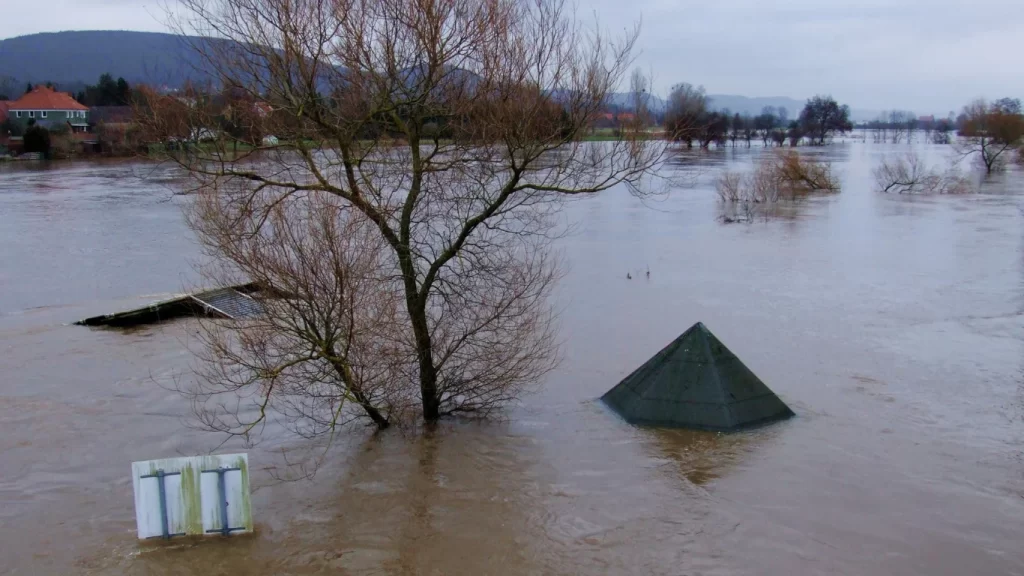
To effectively protect your home from flood damage, it’s essential to implement strategic measures focusing on infrastructure and materials that can withstand water exposure. Here’s how you can safeguard your property:
Install Proper Drainage Systems
Proper drainage systems are crucial for diverting water away from your home and preventing accumulation that could lead to flooding. Consider installing backflow prevention valves to keep sewer systems from overflowing into your home during heavy rainfall. Additionally, outdoor drainage systems should be designed to ensure water flows from higher to lower levels, utilizing gravity to naturally steer water away from your property. Regular maintenance of the drainage systems is important to ensure they function correctly and efficiently in order to prepare for a natural disaster.
Use Water-Resistant Building Materials
When building or renovating, choose materials that are less likely to absorb water and sustain damage during a flood. Opt for water-resistant plasterboard for walls, and avoid materials like gypsum, which can deteriorate when wet. Flooring materials such as porcelain or slatestone are recommended due to their minimal water absorption rates. For external use, engineering bricks and water-resistant mortars can provide an effective barrier against water ingress.
Elevate Critical Utilities and Possessions
Elevating electrical systems, appliances, and critical utilities above potential flood levels can prevent significant damage. Consider raising power sockets and wiring to higher levels in your home, and if feasible, relocate expensive or irreplaceable items to upper floors. Structural elevation or using pedestal flooring systems are also effective strategies for minimizing flood impact on your property.
By integrating these practices, homeowners can significantly enhance their flood preparedness and reduce the potential damage caused by water intrusion.
Safeguarding Against Earthquakes
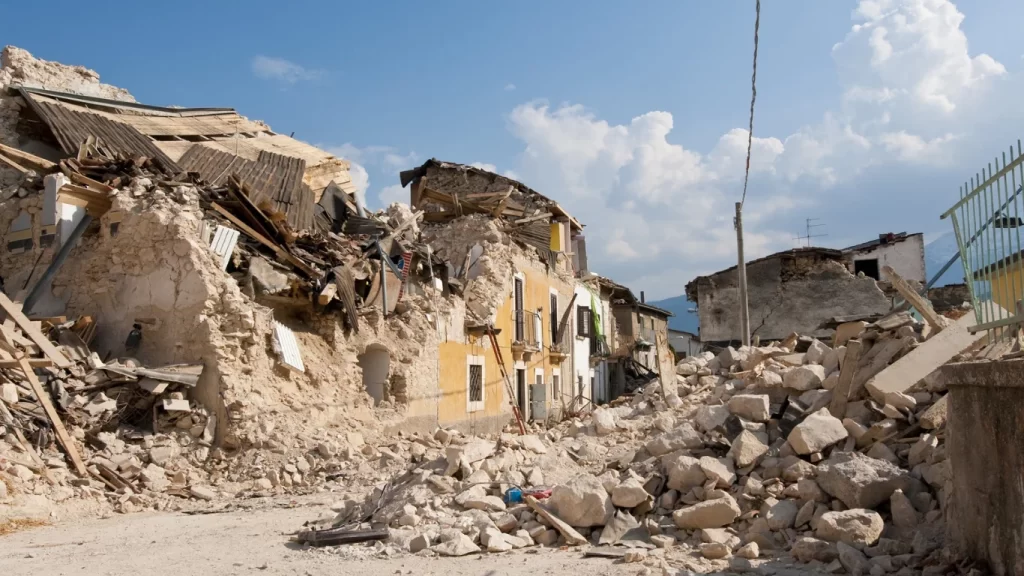
To enhance earthquake safety, homeowners should focus on securing movable objects and reinforcing structural elements. These steps are critical to preventing injuries and minimizing damage during seismic events.
Secure Heavy Furniture and Appliances
Start by moving heavy furniture like bookcases away from areas where people spend a lot of time, such as beds and sofas. Secure top-heavy items, such as televisions and computers, to wall studs to prevent tipping. Water heaters, which can cause significant damage if toppled, should be fastened to wall studs with metal straps. Additionally, securing overhead light fixtures and free-standing wood stoves or fireplace inserts can further reduce hazards.
Reinforce Structural Elements
Incorporating advanced architectural techniques can significantly enhance a building’s earthquake resilience. Use flexible foundation systems such as base isolation, which involves constructing the building on top of flexible pads that absorb seismic waves. Employing shear walls, cross braces, and moment-resisting frames helps manage and distribute the forces during an earthquake, maintaining structural integrity.
Prepare an Emergency Kit
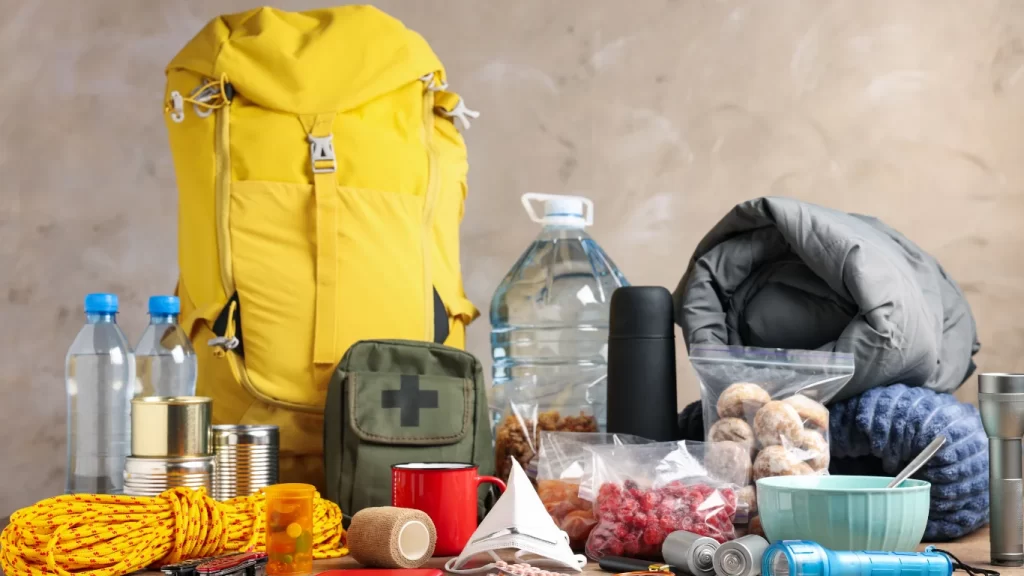
Make sure you’re ready by putting together an emergency kit with stuff like water, non-perishable food, a first-aid kit, and any meds you need. Keep this kit in a place you can easily get to. Additionally, tools like wrenches or pliers should be included to turn off utilities, which is crucial in preventing further hazards post-earthquake.
By taking proactive steps to secure interiors and reinforce structures, individuals can significantly mitigate the risks associated with earthquakes.
Defending Against Hurricanes and Typhoons
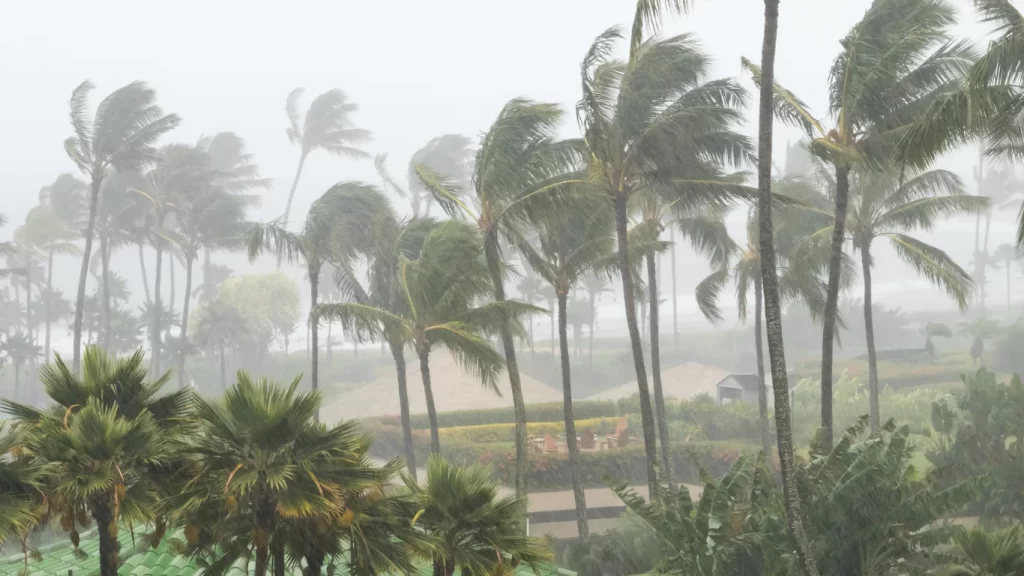
To effectively defend against hurricanes and typhoons, homeowners should consider several robust measures to enhance their home’s resilience. These include installing impact-resistant features and reinforcing structural elements.
Install Impact-Resistant Windows and Doors
Installing hurricane windows and doors is crucial for protecting homes in hurricane-prone areas. These impact-resistant features are designed to withstand high winds and flying debris, significantly reducing the risk of extensive damage. They also offer additional advantage such as improved energy efficiency, noise reduction, and enhanced security against break-ins. It’s advisable to use impact windows with frames made from sturdy materials like metal, vinyl, or wood to provide better support and seal for hurricane protection.
Reinforce the Roof Structure
Strengthening the roof structure is vital to prevent it from being lifted off during a storm. This can be achieved by using metal straps to connect the rafters to the wall studs and bolting the floors to the foundation. Additionally, consider using hurricane ties for each rafter and purlin, ensuring they are secured with nails in every hole of the tie to maintain the integrity of the roof during high winds.
Secure Loose Outdoor Items
Make sure to tie down or put away any outdoor stuff that could fly around, like patio furniture, bikes, and trash cans, before the storm hits.Utilize heavy-duty straps or chains to anchor large items to solid structures. For smaller items, find a safe indoor storage space like a garage or shed. This precaution not only protects the items themselves but also minimizes the risk of damage to the home and injury to individuals from flying objects during the hurricane.
Fireproofing Your Home for Wildfires
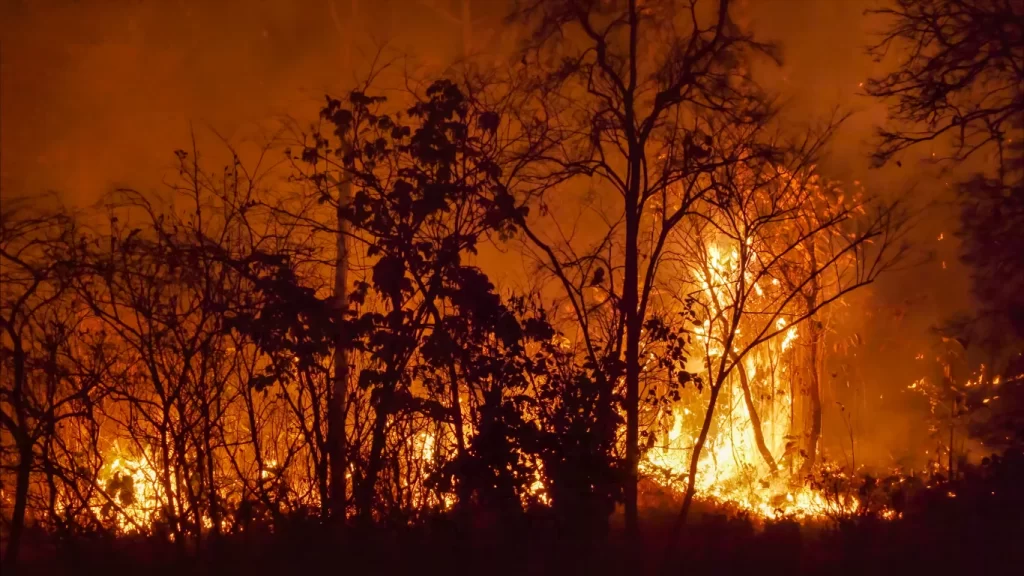
Wildfires pose a significant threat to homes, but taking proactive steps can significantly reduce this risk. Here are essential measures to fireproof your home:
Use Non-Combustible Building Materials
Choosing the right materials is crucial for wildfire resistance. Steel framing, known for withstanding temperatures over 1550°C, offers excellent structural integrity. Concrete and fire-resistant masonry units such as clay bricks or concrete blocks are ideal for walls and floors. For wooden structures, opt for wood that has been treated with fire-retardant chemicals to slow down the burn rate and flame spread. Additionally, installing fire-rated drywall and using fire-retardant paint can provide added protection to your home’s interiors.
Manage Vegetation Around Your Property
Reducing the amount of vegetation around your home can decrease the severity of wildfires. Regularly clean your gutters to remove dry and flammable debris like leaves and pine needles. Consider using mechanical means or prescribed burning to manage and reduce vegetation density effectively. Ensure that flammable materials, such as firewood and mulch, are stored at least five feet away from your home’s walls.
Install Fire-Resistant Vents and Screens
Vents can inadvertently become entry points for embers during a wildfire. Install ember-resistant vents that comply with safety standards such as those set by the California Building Code Chapter 7A. These vents are designed with a corrosion-resistant and noncombustible wire mesh screen with openings no larger than 1/8-inch to prevent ember intrusion. For areas like the attic and basement, consider using screens with even finer mesh, such as 1/16-inch, to enhance protection, although they may require more frequent maintenance to prevent clogging by debris.
By integrating these strategies, homeowners can enhance their home’s resilience against wildfires, safeguarding both their property and the safety of their loved ones.
Home Natural Disaster Protection: Summing Up Best Practices
Throughout this exploration of best practices for home natural disaster protection, we’ve underscored the importance of preparedness in the face of nature’s unpredictability. From fortifying structures against floods, earthquakes, hurricanes, and wildfires to assessing each home’s unique vulnerabilities, the techniques presented aim to equip homeowners with the necessary insights to enhance their property’s resilience. Emphasizing the adaptation of infrastructure, selection of appropriate building materials, and vigilant landscape management reflects a comprehensive approach to minimizing potential disaster impact.
FAQs
What safety measures should be taken to mitigate the impact of natural disasters?
Stay updated with the latest information.
Develop and practice an evacuation plan.
Maintain emergency kits readily available.
Avoid taking unnecessary risks.
Identify and use the safest area in your home during emergencies.
How should a household develop an effective emergency disaster plan?
Collect and understand local emergency information and warning signals.
Ensure your family and property are insured.
Stay tuned to emergency broadcasts.
Decide on a family rendezvous point post-disaster.
Establish a family communication strategy.
Prepare an emergency supply kit for all your family.
What are effective strategies to improve disaster preparedness?
Preventing natural disasters begins with reducing emissions of pollutants and enhancing state resilience. This involves:
Preparing for climate-related risks through conservation and restoration efforts.
Upgrading infrastructure to better withstand potential disasters.
What are the top ten steps for disaster preparedness?
Here are ten essential steps to prepare for disasters:
Assess your risk.
Formulate a Family Disaster Plan and practice it.
Assemble disaster supply kits for both your home and vehicle.
Educate your children on disaster preparedness.
Consider the needs of individuals with special requirements.
Learn CPR and first aid.
Remove hazards in your home and workplace.





